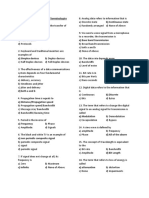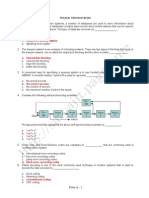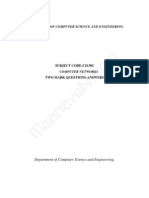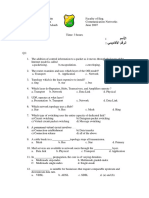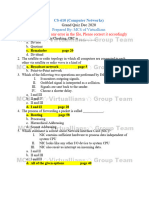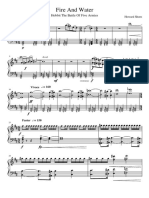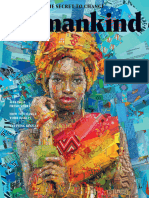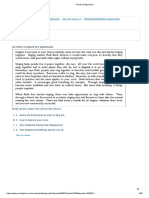0% found this document useful (0 votes)
13 views10 pagesData Communication (Silence)
The document contains a series of questions and answers related to networking concepts, including routing delays, metrics used by routing protocols, demodulation, and the functions of various OSI layers. It also covers topics such as signal transmission types, advantages of optical fiber, and the characteristics of different transmission methods. The questions are structured to assess knowledge on network devices, protocols, and signal processing.
Uploaded by
yeretawehCopyright
© © All Rights Reserved
We take content rights seriously. If you suspect this is your content, claim it here.
Available Formats
Download as PDF, TXT or read online on Scribd
0% found this document useful (0 votes)
13 views10 pagesData Communication (Silence)
The document contains a series of questions and answers related to networking concepts, including routing delays, metrics used by routing protocols, demodulation, and the functions of various OSI layers. It also covers topics such as signal transmission types, advantages of optical fiber, and the characteristics of different transmission methods. The questions are structured to assess knowledge on network devices, protocols, and signal processing.
Uploaded by
yeretawehCopyright
© © All Rights Reserved
We take content rights seriously. If you suspect this is your content, claim it here.
Available Formats
Download as PDF, TXT or read online on Scribd
/ 10






